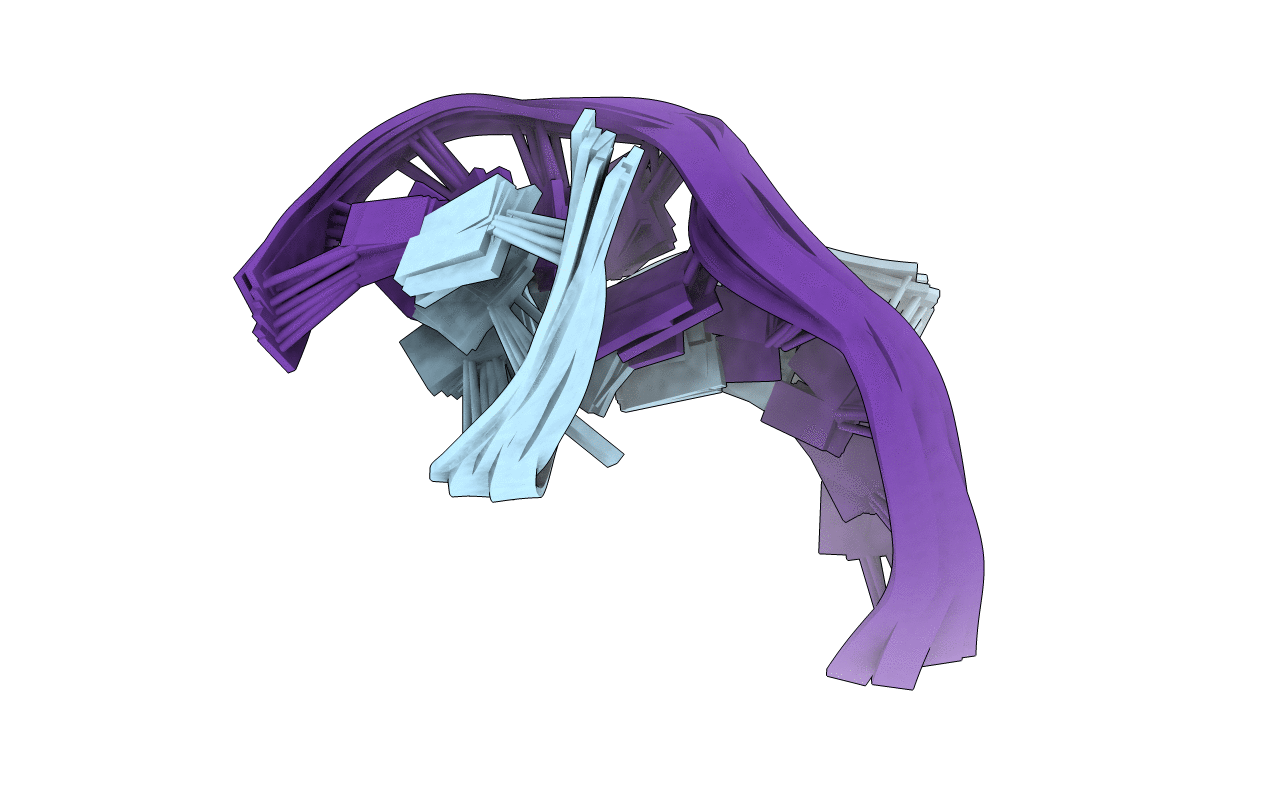
Deposition Date
2002-05-08
Release Date
2002-11-27
Last Version Date
2024-05-22
Entry Detail
PDB ID:
1LPW
Keywords:
Title:
Solution structure of the yeast spliceosomal U2 snRNA-intron branch site helix featuring a conserved pseudouridine
Biological Source:
Source Organism:
Saccharomyces cerevisiae (Taxon ID: 4932)
Method Details:
Experimental Method:
Conformers Calculated:
800
Conformers Submitted:
9
Selection Criteria:
lowest energy structures that did not violate data from fluorescence experiments


